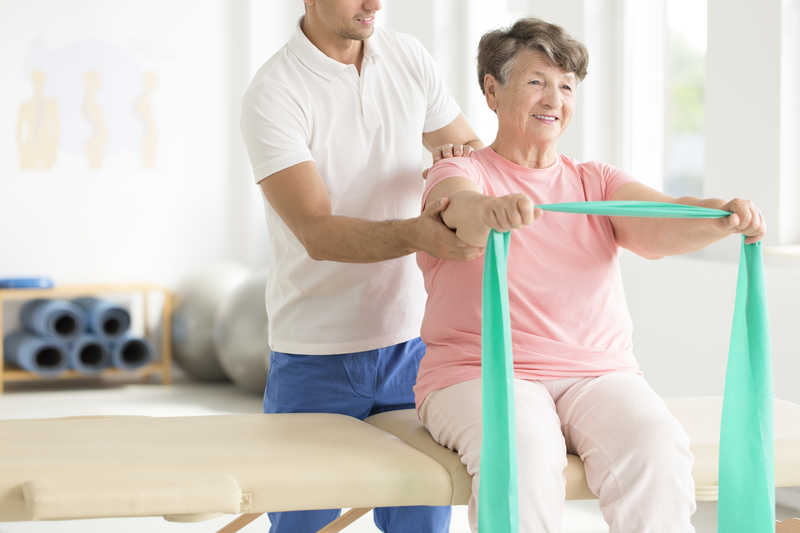Getting fit can be tough for seniors. The usual workouts might be too much, especially if you’re dealing with health issues or less mobility. But there’s hope! Isometric exercises could really make a difference here.
These static muscle contraction workouts don’t need big joint movements but still do the job well. They are gentler and safer ways for older folks to stay active, perfect for those living in assisted communities.
Understanding Isometric Exercises
Isometric exercises are a special kind of workout where you use force against something that doesn’t move or just hold still in one position. Unlike regular workouts, these don’t need big movements, so they’re easier on your joints.
This makes them great for seniors because there’s less chance of getting hurt. You can do them even with little space around. Examples of isometric exercises include wall sits, plank holds, and holding a squat position. They help tone muscles better, improve balance, and keep up stamina, which is very important as we age.
Benefits for Senior Health
Isometric exercises have tons of perks for seniors. First, they boost muscle power, which is key to daily tasks and staying independent. They also make your joints more stable, which lowers the chances of taking a tumble (a big worry as we get older).
These workouts even help strengthen bones, cutting down osteoporosis risks. Plus, you can do them anywhere without special gear, which is a total win for folks who need help moving around.
Incorporating Isometrics Into Senior Fitness Routines
Adding isometric workouts to a senior’s fitness plan is relatively straightforward. Start with simple, easy ones. Then, gradually increase the intensity as you get stronger and can do more. Focus on major muscles, like legs, arms, or core, for an all-around workout.
Remember, form matters, so don’t strain yourself too much. Get the best results by mixing these exercises with other light activities such as walking or chill yoga sessions for full-on fitness goodness.
Challenges and Considerations
Isometric exercises can be great for older people, but there are a few things to remember. Seniors should always chat with their doctor before starting new workouts, especially if they have health problems already.
These kinds of exercises might raise your blood pressure a bit while you’re doing them. So, people with high blood pressure need to be careful. These may not work well for everyone! It’s also key that seniors pay attention to how they feel and don’t push themselves too hard since injuries happen more easily at this age.
Wrapping Up
To wrap it up, isometric exercises could be a game changer for seniors looking to stay fit without the strain. They’re easy on your body and can adapt to what you need, making life better. Remember, always approach any new workout routine with caution. Get professional advice first so these workouts can do their job safely and effectively!










